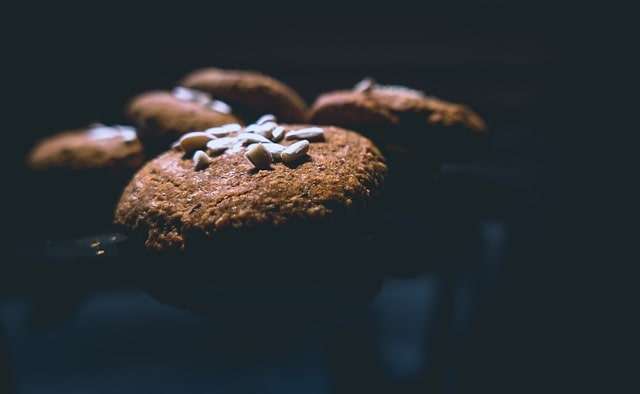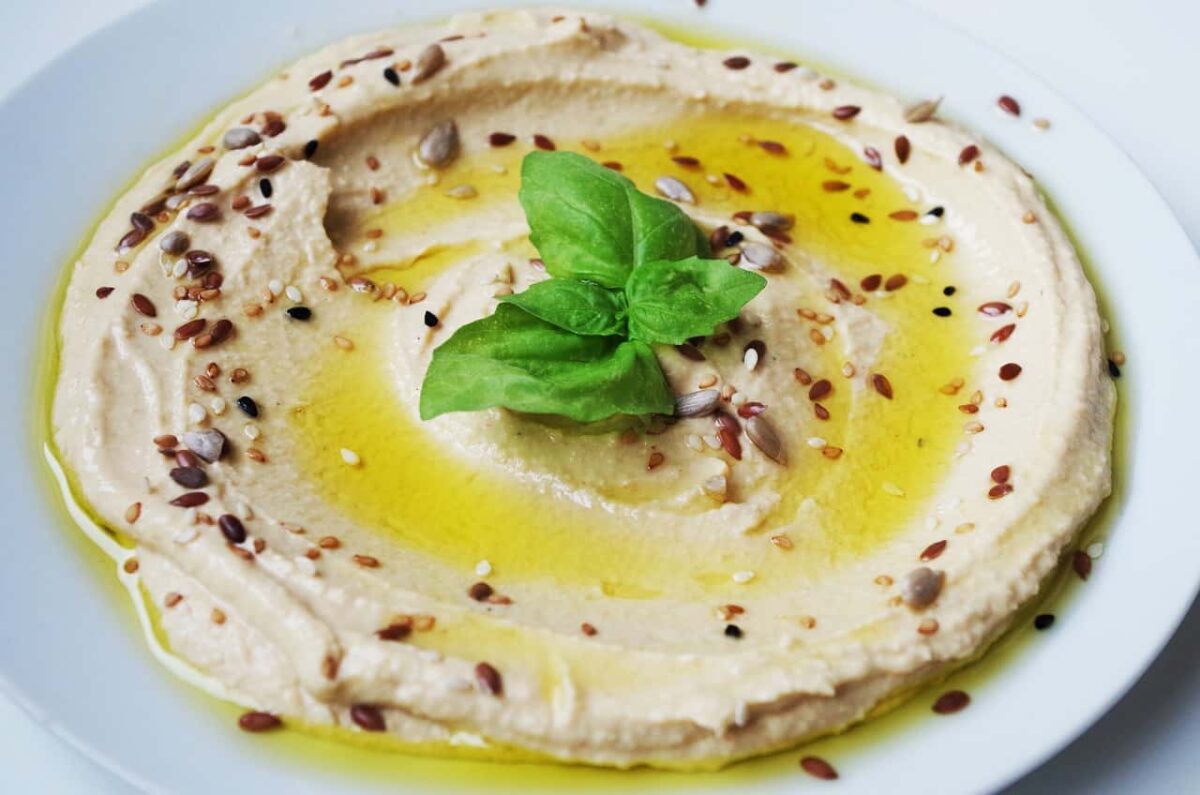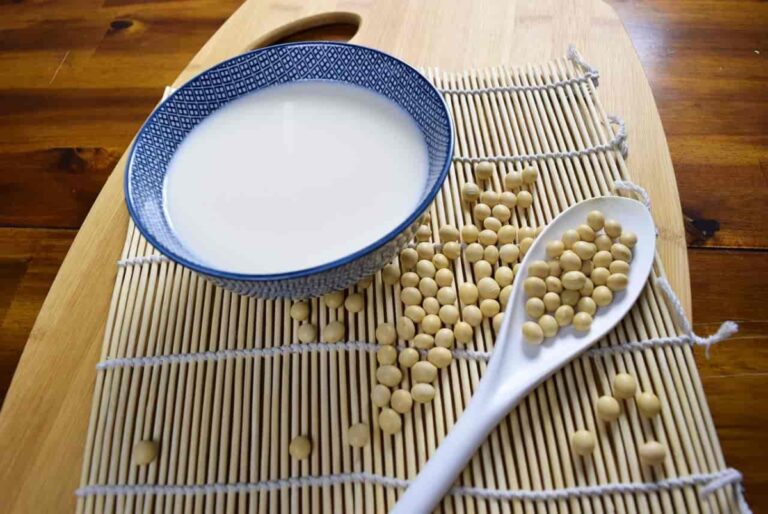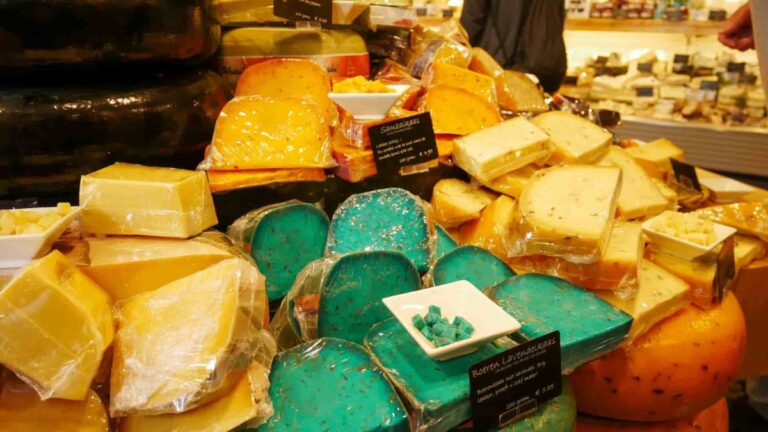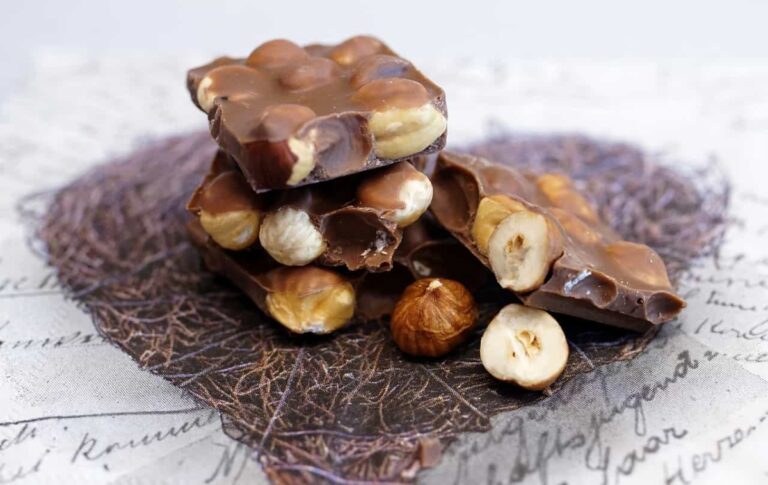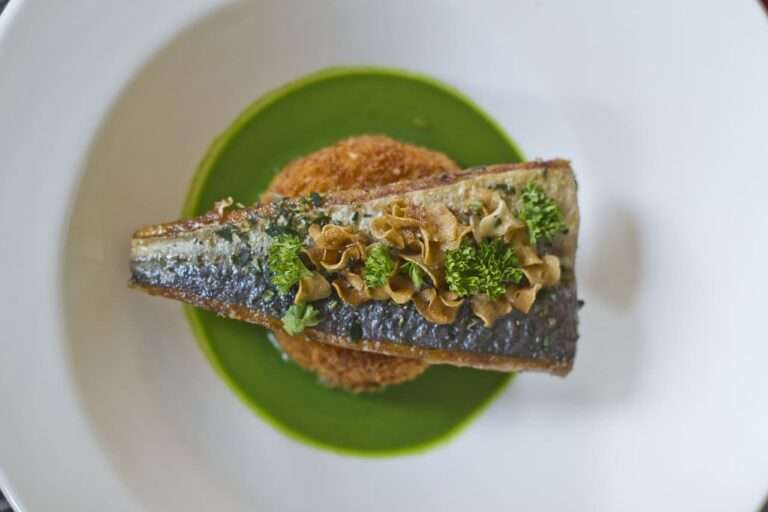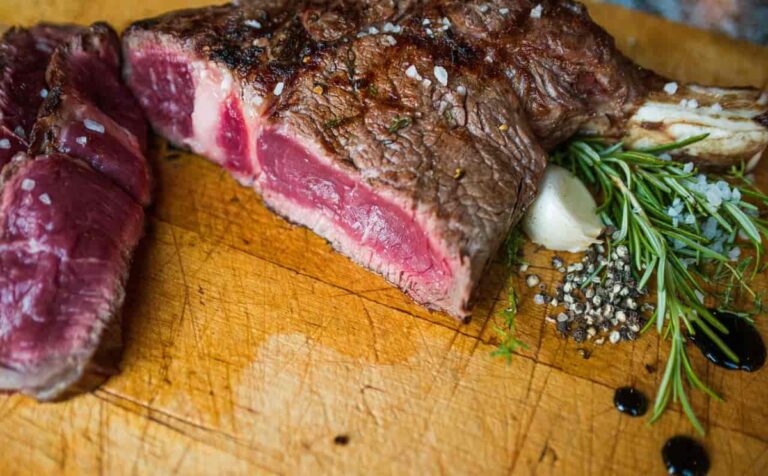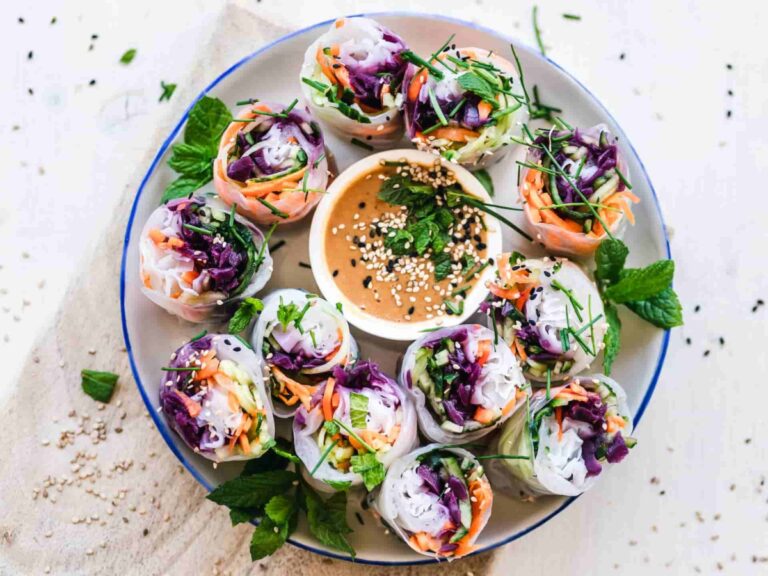37 top sunflower benefits and kitchen insights
Did you know that sunflowers exhibit a phenomenon known as heliotropism?
- A phenomenon known as “heliotropism” is one of the characteristics that sets the sunflower apart from other plants. Sunflowers are sensitive to the position of the sun throughout the day. The buds of a sunflower open with their faces to the east in the morning, and they continue to face the sun as the earth rotates throughout the day.
- Vincent van Gogh, a well-known Dutch post-impressionist painter, is considered to be one of the most significant individuals in the annals of Western art history. Sunflowers were the subject of two separate series of still-life paintings that he painted. The first series was completed in Paris in the year 1887, and it portrays flowers that have been laid out on the ground. The second series, which was created a year later in Arles, France, has a bouquet of sunflowers shown inside a vase.
- One of the most popular types of sunflowers grown nowadays is the hybrid variety. For example, the cherry rose sunflower is one of the most frequent hybrid varieties that is capable of producing flowers that are devoid of pollen. Its colour differs from that of a typical sunflower in that the centre of the bloom is maroon while the petal tips are a light peach colour.
- One of the simplest plants to cultivate from fresh flower seeds is the red sunflower, which blooms throughout the summer. The red sunflowers need very little care and attention, and they are not fussy about the kind of soil they grow in. This cultivar is an excellent choice for use in floral arrangements and bouquets.
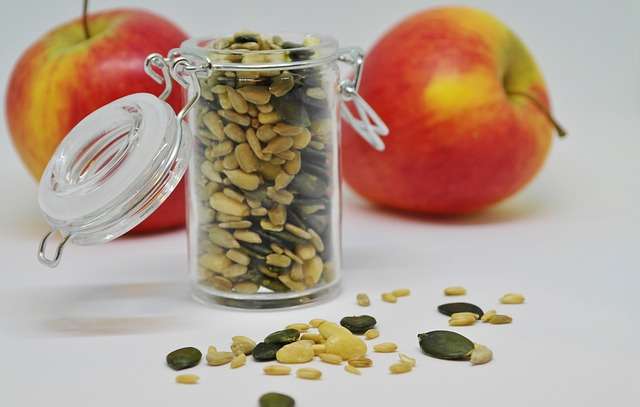
Sunflower seed nutrition values and health benefits
- Sunflower seeds are an excellent source of a variety of vitamins and minerals. They offer about 7.4 mg of vitamin E, which is just under half of the amount that the Food and Drug Administration (FDA) advises taking daily. In addition to this, they are an excellent source of thiamine, as well as other nutrients at lower levels, including niacin, vitamin B6, and folate.
- In addition to minor levels of zinc, iron, and potassium, sunflower seeds also include trace amounts of the minerals copper (68% of your daily dose), magnesium (10% of your daily intake), phosphorous (31% of your daily intake), manganese (31% of your daily intake), and selenium (35%).
- According to the findings of certain studies, those who consume diets that are rich in fibre have a lower incidence of some malignancies, as well as cardiovascular disease and diabetes. The risk of hyperlipidemia, also known as a high concentration of fat in the blood; hyperglycemia, also known as high blood glucose; and hypercholesterolemia, commonly known as higher cholesterol levels, has been proven to be reduced by eating a diet rich in fibre.
- The kernel of the sunflower contains fibre, which may help avoid constipation and may also make it easier for you to pass stool. This might be beneficial to the health of some individuals. In addition, studies have indicated that increasing the amount of fibre in one’s diet might increase stool frequency in those who suffer from constipation.
- Fibre contributes to satiety, or the sense of being full. According to a number of studies, persons who consume diets that are rich in fibre are more likely to keep their weights at healthy levels. Both epidemiological and clinical research have shown that a negative association exists between the consumption of dietary fibre and the development of metabolic diseases such as obesity and type two diabetes.
- There is some evidence to suggest that eating a diet that is rich in fibre is connected with a lower risk of developing some forms of cancer, most notably colon cancer. The authors of a big research came to the conclusion that those whose diets include the greatest amounts of dietary fibre had lower odds of developing various forms of colon cancer.
- Vitamin E is an essential fat-soluble vitamin that plays a role in maintaining healthy nerve function and ensures that the immune system is working as it should. It is also well known that vitamin E has antioxidant capabilities. The consumption of foods rich in antioxidants rather than taking supplemental forms of them is the recommendation of many health professionals. Foods such as fruits, vegetables, and seeds give antioxidants in addition to other nutrients.
- According to the specialists, there have been cases of people having allergic responses to a wide range of seeds. In addition, scientists have discovered that a number of seeds have the potential to cause cross-reactions. That being said, if you have a history of being allergic to poppy seeds, there is a possibility that you will also be allergic to sunflower seeds. Consult your healthcare professional for individualised guidance if you suffer from seed allergies or if you have any reason to think that you may be allergic to sunflower seeds.
- It is possible to have unfavourable reactions as a result of eating whole sunflower seeds, particularly if you consume a significant quantity of these seeds. The hull, also known as the outer shell, may be jagged and difficult to digest. If not eaten correctly, the pointy hulls may either penetrate or attach themselves to the linings of the oesophagus or the digestive system.
100g of sunflower seeds has 584 calories (2443 kJ), 21g of protein, 51g of fat, and 20g of carbs, including 9g of fibre.
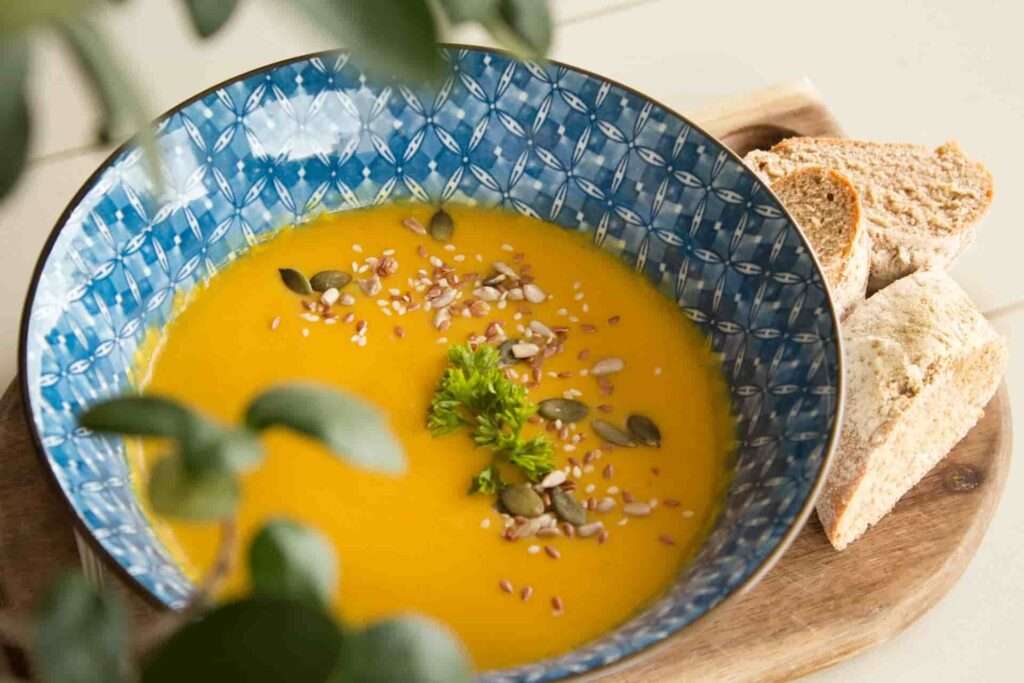
How to store sunflower seeds and how to buy them
- Sunflower seeds should be kept in an area that is cool, dry, and shielded from direct sunlight. They should also be stored in a container that is airtight or a bag that can be sealed again. They are suitable for storage in the kitchen or pantry, but if you want to make them last for a longer period of time, you should put them in the refrigerator.
- There won’t be much of a decline in quality even if it’s left at room temperature for a few months if the bag hasn’t been opened. Once you’ve opened the package, it’s OK to store the sunflower seeds at room temperature as long as you don’t expect them to keep for more than a few months.
- If you want your seeds to stay as long as possible in storage, the general rule of thumb is that you should process them as little as possible. This implies that sunflower seeds with their shells removed need a higher level of protection than those with their shells intact, that roasted sunflower seeds require a higher level of protection than unroasted, and so on.
- Obviously, the best way to store the seeds would be in a freezer bag, either in the refrigerator or the freezer. This is because the seeds are better able to withstand rancidity, which is the primary factor that contributes to their decomposition when exposed to low temperatures.
- Last but not least, if you do want to store sunflower seeds in the refrigerator, make sure they are enclosed in a container that is both airtight and well shut. In such case, there is a risk that they will absorb certain odours or moisture and become damaged or unpleasant.
- Sunflower seeds have a shelf life of around a year on average, and as long as the bag is not opened, they may easily be stored for a few more months beyond the date that is written on it. Sunflower seeds maintain their high quality even after they have been opened for about six months if they are stored at room temperature and for even up to a year if they are refrigerated.
- You may anticipate that your seeds will remain viable for a few months longer if they are in their original shell as opposed to their hulled counterparts. This is due to the fact that the hull does a good job of protecting the kernel from the environment outside, which in turn slows down the process of rancidification and general quality degradation.
- The structure of roasted sunflower seeds is altered, and as a direct consequence, the fat in the seeds is more easily brought into contact with oxygen. That implies there will be a greater amount of oxidation, which will lead to a shorter shelf life.
- Throw away your sunflower seeds if:
- The rancidity of oily seeds is by far the most common cause of their spoilage. You can detect whether or not the seeds are rancid based on their flavour or fragrance. Rancidification is essentially the oxidation of oils brought on by contact with air, light, or moisture.
- Sunflower seeds are best kept at room temperature, maybe in a pantry. Therefore, if you do not use a bag or container that is well-sealed and you have a problem with pantry bugs, it is possible that you may discover some unwelcome guests in your seeds. You should throw your seeds if you find any bugs, such as larvae, eggs, or pests, in them.
- Mould is the last item on the list since it is very improbable that it will be present. If you follow the correct recommendations for storing it and don’t let any water or moisture inside the packaging, there is very little chance that it will develop.
- Now, if you aren’t quite certain that the seeds are safe to consume, you should throw them away. The intuitive system of humans is very good at identifying foods that they shouldn’t eat. Follow your gut sense and throw out the sunflower seeds if it seems like there’s anything wrong with them.
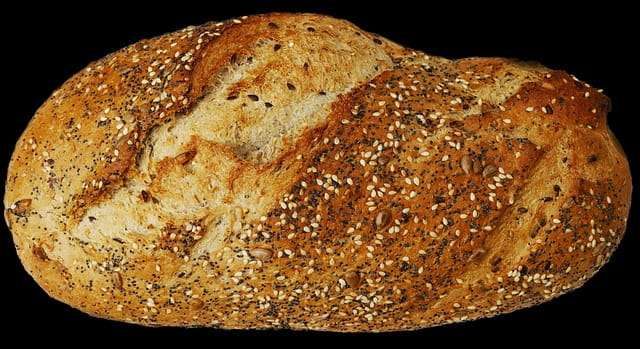
Cooking techniques, secrets, and tips from the kitchen
- The fact that black sunflower seeds may be used in both savoury and sweet preparations is one of the seeds’ most notable advantages. You may sprinkle them on top of salads, soups, and stir-fries to give the dish a bit of earthiness and a lovely texture at the same time. Additionally, these seeds may be crushed into a fine powder and used as a tasty coating for fish or chicken, offering a novel touch to conventional dishes. This can be done by placing the seeds in a coffee grinder.
- Black sunflower seeds may be used in a variety of baked goods, including bread, muffins, and cookies, where they provide a deliciously satisfying crunch and a delicately nutty flavour. In addition to that, you can use them to make granola mixes and energy bars, both of which will give your snacks an additional nutritional kick. Because of their robust flavour and adaptability, black sunflower seeds should be a staple in the cupboard of any person who enjoys cooking.
- The mild and just slightly sweet flavour of striped sunflower seeds is one of the most distinguishing features of these seeds. They have a delightful crunch all on their own and a blast of flavour, so many people choose to eat them as a snack on their own. However, their culinary potential goes far beyond just serving as snacks.
- It’s possible to use striped sunflower seeds in a variety of different ways while you’re cooking. Salads, grain bowls, and vegetable dishes may all benefit from their inclusion thanks to the lovely texture and delicate nutty flavour that they provide to the meal. These seeds may also be crushed into a fine powder and used as a covering for tofu or veggies, producing a crust that is tasty and crunchy.
- The fact that hulled sunflower seeds are so much simpler to consume is among their most significant advantages. These seeds are ready to eat as soon as you remove the outer shell, and you may enjoy them right out of the bag. They have a flavour that is not overpowering and is somewhat nutty, which allows them to go well with a wide range of foods.
- Sunflower seeds that have been hulled are very versatile ingredients in the kitchen. It is possible to sprinkle them over salads, use them in stir-fries, or include them in baked products such as breads and pastries. These seeds may also be processed into a powder and used as a wholesome replacement for flour in gluten-free cooking recipes.
- The process of roasting sunflower seeds is an excellent technique to bring out their natural flavour and provide a delightfully crunchy texture to the foods you prepare.
- Prepare your oven by preheating it to 350 degrees Fahrenheit (175 degrees Celsius).
- The next step is to coat the seeds with a little bit of olive oil and then sprinkle them with the spices that you want. Sea salt, garlic powder, paprika, or even a dash of cayenne pepper for additional spice are all popular options.
- To ensure that the coating is distributed uniformly on the seeds, give them a little toss.
- Roast the seeds for around ten to fifteen minutes in the oven at the set temperature, or until they have become a golden brown colour. Keep a close check on them to ensure they don’t burn.
- After they have finished cooking, take the seeds from the oven and allow them to fully cool before eating them.
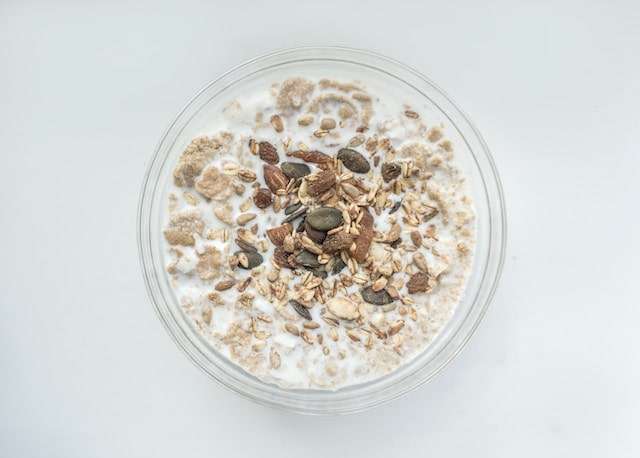
The history of sunflower from the beginning until today
- Sunflowers had been a major crop in North America for about 4,000 years prior to its discovery by European explorers in 1510. The first Europeans to bring back significant amounts of sunflower seed were sailors from Spain. They brought it back in considerable numbers.
- However, for the following two hundred years, Europeans failed to recognise the sunflower’s promise as a source of food and oil. Instead, the blooms, which have an exotic appearance, were popular throughout Western Europe as decorative plants and, to a lesser extent, in therapeutic applications as anti-inflammatory agents.
- The cultivation of sunflowers began in the middle of the 1700s and, by the turn of the 19th century, had extended all the way across Europe into Russia and Ukraine.
- Sunflowers quickly became popular over the northern border, prompting the Canadian government to launch a breeding plan in 1930.
- The output of sunflower seeds throughout the globe reached 50 million tonnes in the year 2020, with Russia and Ukraine accounting for a combined 53% of the total.
- On today’s market, the majority of sunflower seeds given by farmers or cultivated by farmers themselves are hybrids. Sunflowers that are either hybrids or hybridised are the result of the intentional breeding of two or more distinct kinds or species of sunflowers, such as farmed sunflowers and wild species. By carrying out these procedures, new genetic recombinations will be produced, which will, in the end, result in the creation of hybrid species.
- Raw sunflower “whole seed” (fruit) may be purchased as a snack meal or after being roasted in ovens. This can be done with or without the addition of salt and/or other flavours. Processing sunflower seeds into sunflower butter provides an alternative to peanut butter.
- Because of its lower cost compared to olive oil, sunflower oil is preferred for use in the kitchen, as a carrier oil, in the manufacturing of margarine and biodiesel, and other applications. There is a wide variety of sunflower varieties, each of which has a unique combination of fatty acids. Some of these varieties, referred to as “high-oleic,” have an oil that has a greater concentration of monounsaturated fats than olive oil does.
